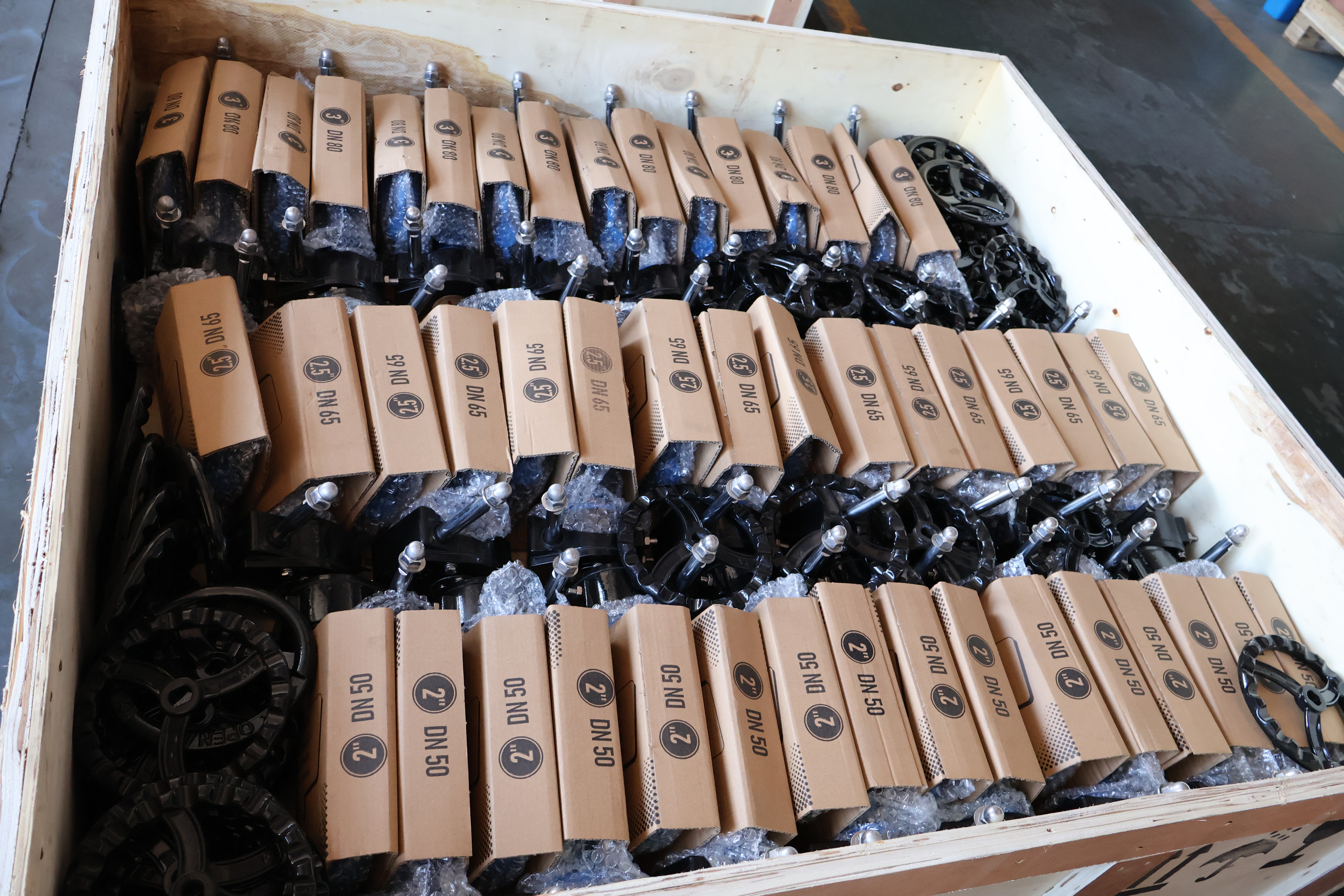The Types of Valves Used in Waste Treatment Plants
Waste treatment plants rely on various specialized valves to manage the complex processes involved in treating wastewater. Among these, butterfly valves often serve as the first choice for many applications due to their versatility and efficiency. As the demand for clean water grows, understanding the different valves used in these facilities becomes increasingly important.
Butterfly Valves: The First Choice
Butterfly valves are widely preferred in waste treatment plants because of their compact design, cost-effectiveness, and ease of operation. They excel in both on-off and throttling applications, allowing operators to control the flow rate with precision. Butterfly valves can handle large volumes of water with minimal pressure drop, making them ideal for situations where efficient flow control is essential. Additionally, their quick quarter-turn operation and minimal maintenance requirements make them a reliable choice for managing various fluids in waste treatment processes.

Gate Valves: Reliable Flow Control
In addition to butterfly valves, gate valves also play a significant role in controlling the flow of water. These valves are designed to either fully open or fully close, providing a straightforward way to start or stop flow within the system. Gate valves are particularly useful where a straight-line flow and minimal restriction are necessary.
Ball Valves: High-Pressure Performance
Ball valves, known for their tight sealing capabilities, are another critical component in waste treatment plants. They effectively handle high-pressure situations and are often used to isolate sections of the system. Their simple quarter-turn operation and durability make them a preferred option for ensuring the integrity of the treatment process.
Check Valves: Preventing Backflow
Check valves are essential for preventing backflow within the system. These valves allow water to flow in only one direction, safeguarding the treatment process from contamination and ensuring the overall operation’s efficiency. Maintaining proper flow direction is crucial, and check valves play a vital role in achieving this.
Diaphragm Valves: Handling Corrosive Media
Diaphragm valves are often selected for their ability to handle corrosive and abrasive media. Featuring a flexible diaphragm that isolates the flow from the valve’s internal components, these valves reduce the risk of corrosion and extend the valve’s lifespan. Diaphragm valves are particularly relevant in treating chemical-laden wastewater, where durability is key.
Plug Valves: Managing Thick Fluids
Lastly, plug valves are commonly used in waste treatment plants for their ability to provide tight shutoff in systems that handle sludge and other thick fluids. The design of plug valves allows them to operate efficiently even in harsh conditions, ensuring that the flow of materials remains controlled and uninterrupted.
Conclusion
In conclusion, the diverse types of valves used in waste treatment plants each serve specific functions that are critical to the facility’s operation. Butterfly valves, as the first choice, along with gate, ball, check, diaphragm, and plug valves, ensure that waste treatment processes are carried out effectively and safely. As technology advances and environmental regulations tighten, the selection and maintenance of these valves will continue to be a key focus in the industry.


